To conduct a study of the films of Blake Edwards would mean starting a discussion on his various themes and the way he went about them on the visual medium, as opposed to focusing on his technique as a director, which I personally feel is of lesser interest (though I will cover this in bits throughout my article). A good portion of Edwards’ films were box office successes that earned mostly positive reviews. He had an interesting way of using cinema as a commercial tool, with characters who would later on become cultural icons, costumes that would shape the fashion trend for many decades that followed, lines that would be quoted in general conversations, and stories that would be remembered for years to come.
I think the biggest reason for the popularity of his pictures is the simplicity he conditioned his background elements to, making for an ultimately relaxing experience, and thereby earning a substantially wide fan-base. At times, like in the cases of The Party (1968) and “10” (1979), the plot is handled so loosely that there really isn’t any room for inciting tension or injecting intrigue. What makes Blake Edwards work, then? What is it that gets people falling for his filmography, even today? I will try, with this article, to try and better understand the reasons he was such a success, and possibly even one of the great masters of commercial cinema.
Days of Wine and Roses (1962)
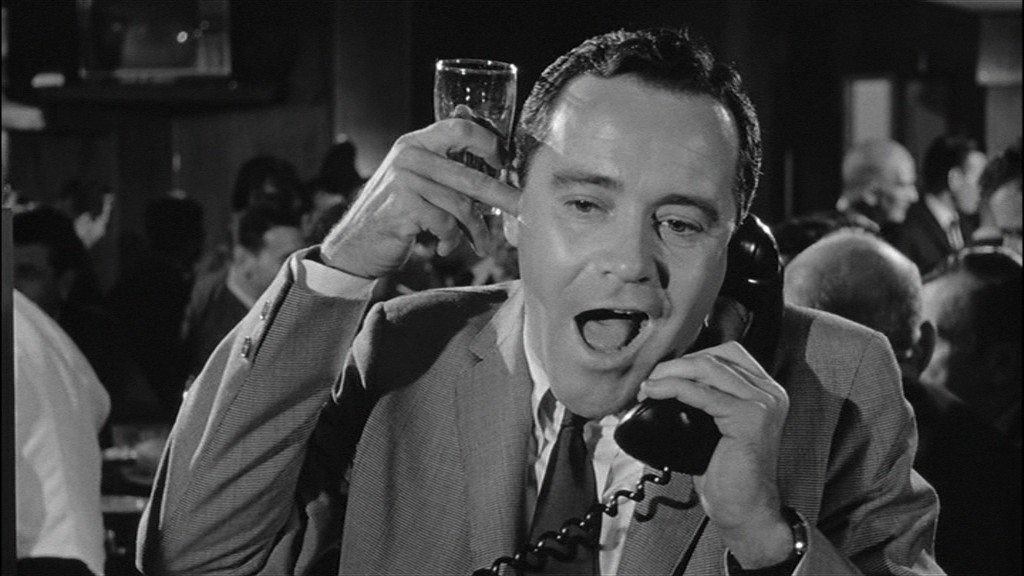
Mostly known for his comedy features, Days of Wine and Roses is a standout in Blake Edwards’ filmography, because it is a serious film, one in which alcohol plays the antagonist. Along with Leaving Las Vegas (1995), this may very well be the greatest movie ever made about addiction to booze. Notice how the problems dealt with by the characters are mostly personal, like Jack Lemmon’s ‘Joe’, an ardent alcoholic who wants to stop his dangerous habit, after noticing changes that develop around his appearance and personality. Alongside the drinking problems dealt by our protagonists is a crumbling marriage in the background, slowly affected by this compulsion that none of the counterparts will admit to. This is a heartbreaking film with strong characters backed by even better performances, and the direction is handled plainly, as in, there’s never an urgency to the situations depicted unless the characters feel as though something has to be done. I admire the depiction of conflicting thoughts and actions here, something that contrives and makes more hopeless the attempts of our characters to fix themselves.
The ending of this feature questions why we need to remove (or perhaps, reduce) the presence of the intoxicating substance in our lives, but rather than going the health route and turning into one of those annoying PSAs, the emotional side-effects are dealt with, and happiness in question becomes the primary issue, concluding with a lack of resolution that feels perfect, all the while troubling us viewers deep within, because it’s true. It’s all true.
The Pink Panther (1963)
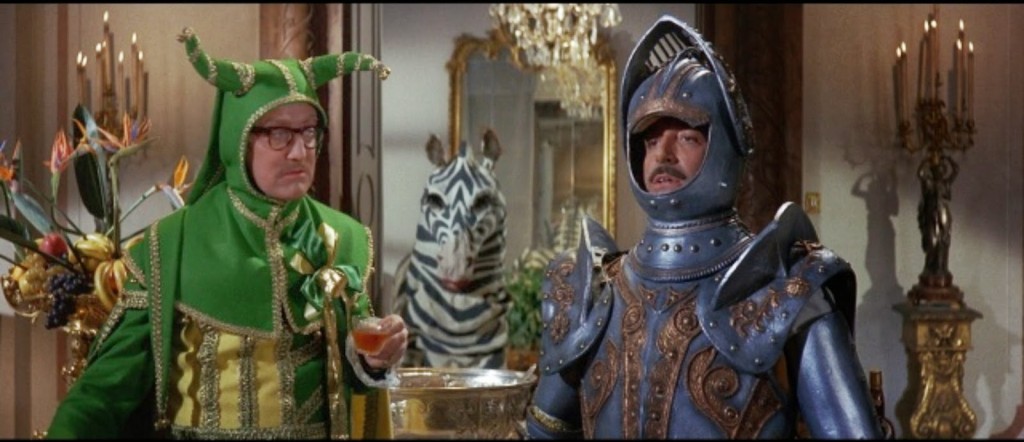
The Pink Panther is a slow burner, a screwball comedy that works mainly because of the way it builds. The film starts off low-key, giving us the overall preface and setting up the characters, and little by little, each and every gag gets better and better, leading to a finale that’s pretty nuts, to say the least. This is a feature that relies on the stupidity of its characters to give rise to humor, with each joke being catapulted as a direct result of someone’s ignorance (often by way of slapstick) or confusion. There’s an air of sedation, a particular style that Edwards maintains here that smoothens the environment of this film, which makes its rather action-oriented gags all the more funnier. It’s crazy how a sense of sophistication manages to creep up in this otherwise absolutely outrageous film, which I think can be accredited to it being a product of its times. Though not one of his funniest features, The Pink Panther continues to be historically and culturally relevant, maybe for its unforgettable score, memorable characters, or because it gives everybody watching it a heck of a good time.
Experiment in Terror (1962)
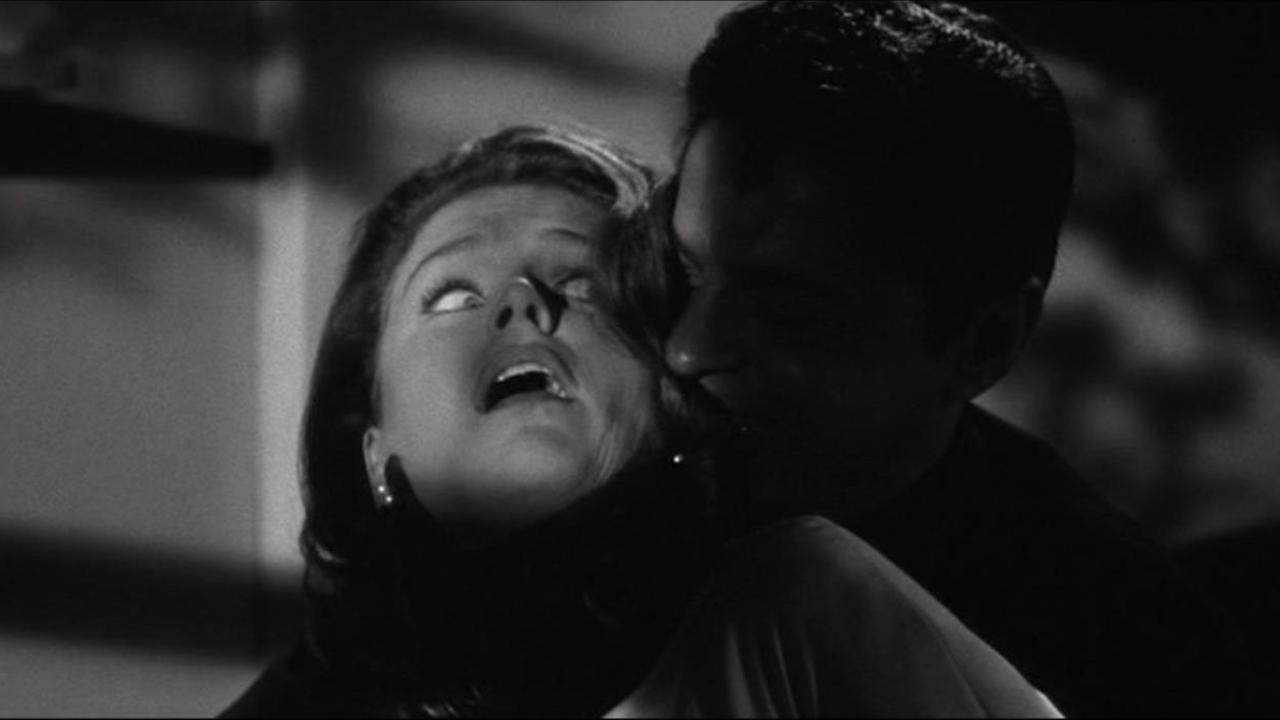
One of those few moments in his career wherein he implemented a style that was anything but calm, Experiment in Terror is a thriller that I feel is powerful enough to rival even Hitchcock’s best works. Following a lady under the surveillance of a serial killer who suddenly appears in her midst, the film presents a real mystery that’s as nail-biting an experience as can be. Shot in an almost noiristic style taking advantage of stark lighting and heavy shadows, everything about Experiment in Terror directs it towards providing a sense of uneasiness and fright in the minds of its audience. Edwards’ approach here involves not the overuse of camera tilts and close-ups; in fact, most of the creepiest, most tension-filled bits are shown from a reasonably distant length (as far as the characters are concerned, though the killer is portrayed otherwise to heighten the secrecy of his identity). The film uses silence beautifully, better closing up the surroundings of our protagonist to just one (or two) people beside her playing prominence within her mind. Long, brooding shots of dark locations are also employed to make the viewers feel uneasy. Nowadays, people rarely bring this film up when ranking Edwards’ best, but I think this is one that deserves to be looked into more than most of what he did following the 1980s.
Breakfast at Tiffany’s (1961)
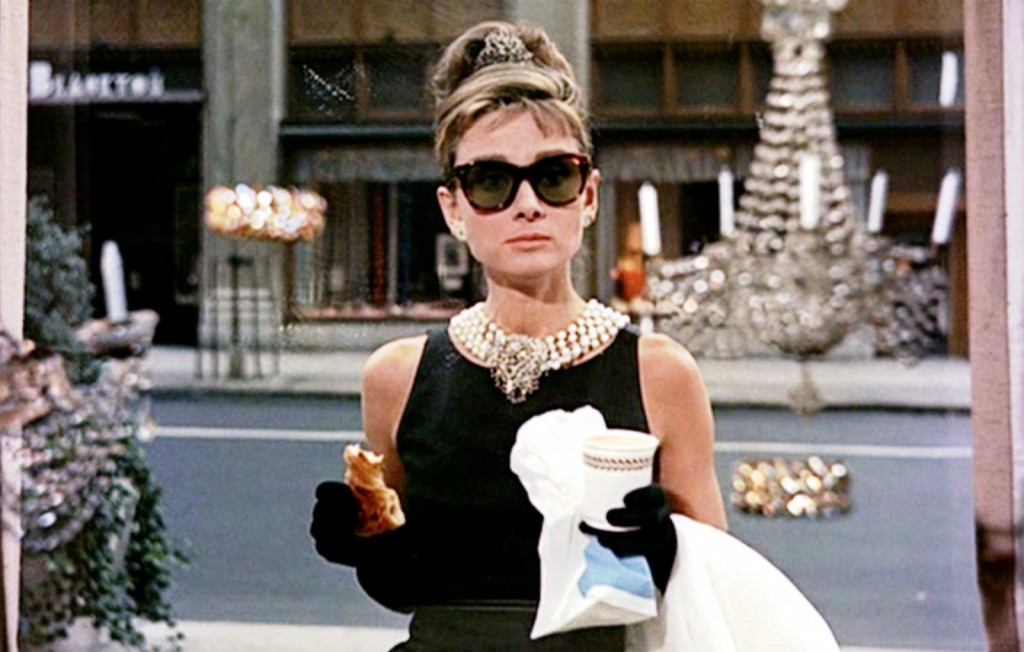
Breakfast at Tiffany’s is a film about the dents and imbalances that lie shrouded behind the facade of seeming perfection. Told in the form of a light-hearted romantic comedy, the movie reminds me of those big ‘Wonka Nerds: Rainbow Edition’ packets you get from department stores at around Christmastime, in relation to both look and taste (it makes sense, bear with me). Breakfast at Tiffany’s is insanely gorgeous visually, presented with as much color as there is life and zeal. The emotions are not always straight-faced here, characters are confused about what they feel most of the time, and just go with the flow. Audrey Hepburn plays a woman with absolutely nothing to her name, a tarnished reputation, but a smile that just, despite it all, keeps growing. Her romances with men are of the kind even she isn’t able to understand, because she keeps darting all over the many love interests (or in her words “darlings”) in her life.
The film captures the unsureties of human relationship very well, though a tad Hollywood-ized, but it gets the point across, and does so near-perfectly. It also questions the genuinity of our core feelings of expression, and whether they really mean anything. With some lively, relatable characterization and a loose yet ordered storytelling style, Blake Edwards’ 1961 masterwork was able to affect the American culture and lifestyle, with its quotable lines and stunning wardrobe playing no small part, and has since become known as one of the most phenomenally influential pieces of cinema ever made. It’s just about the sweetest, too.
“10” (1979)
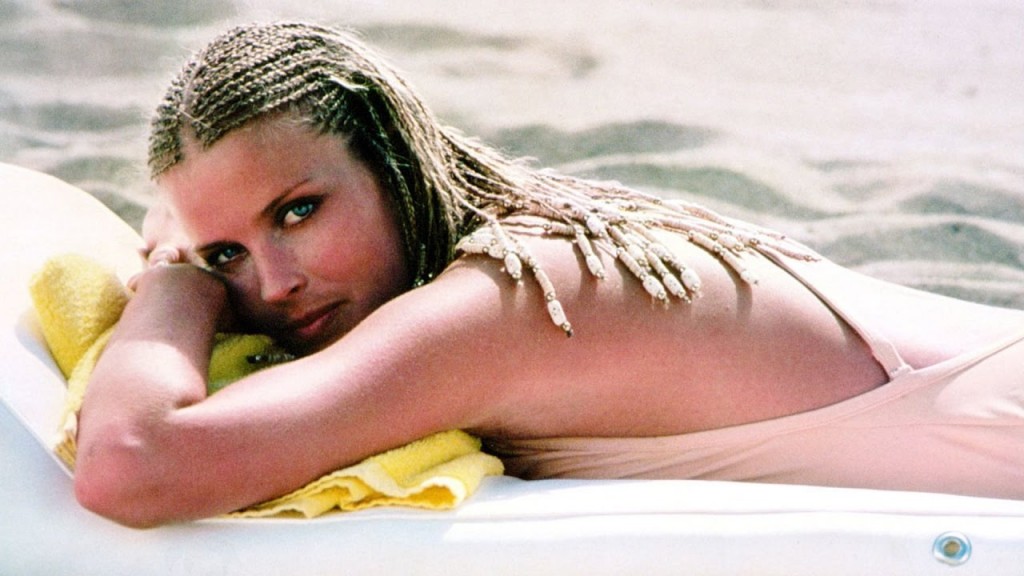
Some films I like because of how they speak to me as an individual. I love this film because it makes me happy. ”10” is a heartwarming picture celebrating the “male menopause”, told in the form of a semi-erotic comedy about a successful musician in his 40s falling in love with a recently married 20 year old and trying his best to impress her. Blake Edwards’ characters usually deal with problems of awkwardness – an inability to express themselves exactly how they desire due to the restrictions set by the atmosphere surrounding them. The happily married protagonist of our story here, for example, doesn’t love his wife any less as a result of this newfound attraction, but he just can’t stop thinking about the split second he saw the young lady, dressed in her wedding gown and seated in the back of a car, probably going to her own marriage, about whom he can’t exactly tell anyone close. This causes him to blindly follow the many impulses he has to try and grab her attention. Other than being gut-wrenchingly hilarious, the scattered, uncaring style of “10” adjusts its shenanigans into reality with this odd meld that Edwards finds between the world of the film and ours. Bo Derek’s debut role has her starring as the sexy, mysterious, and beautiful love interest.
My favorite scene of this film would have to be when the two finally sit together and have a talk, about love, music, and through an unexpected yet flowing pattern of discussion, sex. It’s the moment when “10” reaches the peak of self-conscious discomfort, and I find myself relating to that very much, especially connecting to the fantasy (that I think everyone has had at least once) about that one person you know you probably won’t ever have a chance with, but still keep trying for anyway. Blake Edwards’ exploration of infatuation and romance is what made a lot of his films funny, and I think now that that was a subtle part of the message he was trying to send (if he was trying to, that is) through his works.
The Party (1968)
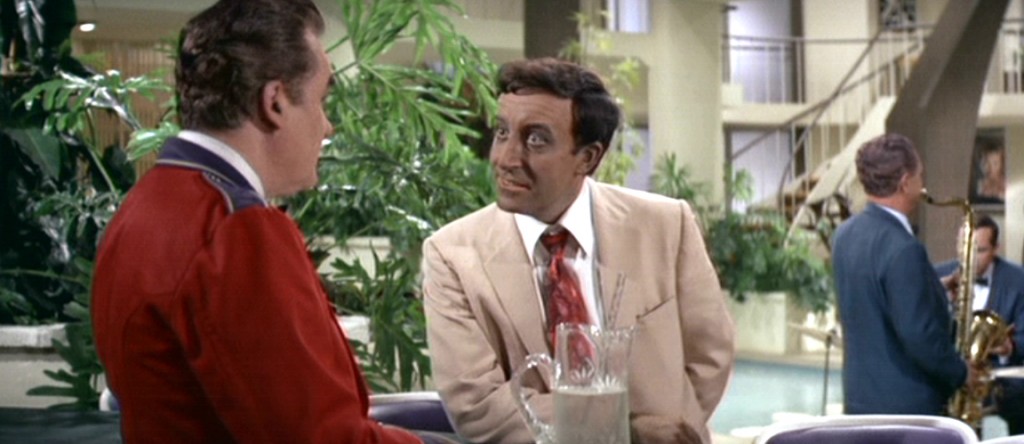
The Party is my favorite Blake Edwards film, and not just that, it is the funniest movie I’ve ever seen. It’s the film that I find solace in whenever I’m in a bad mood, because I know for sure that it’ll cheer me up. Many have called this picture a platform for actor Peter Sellers to perform what he was best known for: improvisational comedy. While they’re certainly right in assuming such an identity for the film, given its lack of a complete script and loose structure, I feel Blake Edwards had a lot more to do in regards to The Party ending up as what it is, significantly more than Sellers, though the star is absolutely phenomenal in his role here. Edwards sets the tone of this picture with its primary location – a huge mansion owned by a film producer, the interior of which has always made me personally feel warm and homely. Following the story of an Indian film extra who gets invited to a grand Hollywood party instead of being fired (due to a clerical error), most of this film takes place within the aforementioned abode, with posh decorative items, a pool, a band, and a lot of celebrities. Partly a “fish-out-of-water” tale, The Party also focuses, though not excessively, on the sheepish flirting and subsequent infatuation between Sellers’ Hrundi V. Bakshi and Claudine Longet’s budding wonder of a French actress (and singer), Michelle Monet.
I honestly don’t think I’ve laughed harder for any other movie than I have for this one. Peter Sellers nails the Indian accent and all the Indian quirks so well, and it’s not just him who’s great. Supporting characters like this drunk waiter (played by Steve Franken) absolutely steal the show when they’re on screen. The mood of this movie is so relaxing and sedative, making for a calming experience while getting you to laugh your butt off. The Party works plainly because it’s fun and exciting, maybe even a little too much so, given that the picture ends with a lavish bubble bath and includes an elephant with crude writings all over its body. Henri Mancini composed one of his best works here, and its hard not to get a little light-headed while listening to his dreamy score. There simply exists nothing like The Party. It’s the sort of film that understands me and what I want, a little better than pretty much every other work of art I’ve come across.
Read More: Best Nicholas Sparks Movies

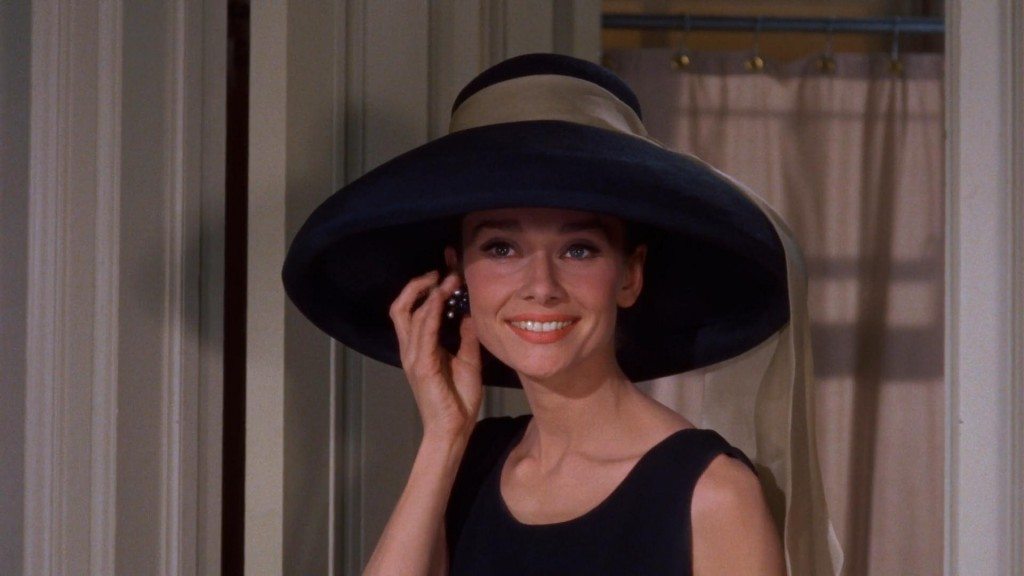
You must be logged in to post a comment.